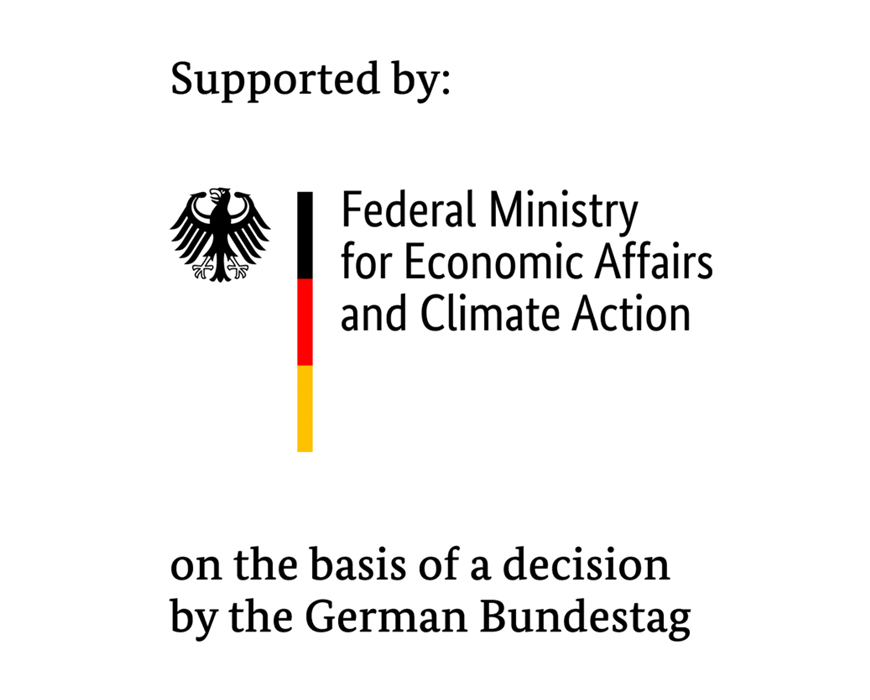| Funding: | Federal Ministry for Economic Affairs and Climate Action (BMWK) |
| Partners: | Blade Care, DWT, Fraunhofer IWES (Coordinator), Fraunhofer IZFP, FreiLacke, Jadewind, Nordex, Ocean Breeze, Senvion |
| Duration: | 12/2017 – 03/2022 |
The project partners are joining forces in order to improve the effectiveness of known protective mechanisms for rotor blades significantly. This will result in reduced time and money invested in repairs and maintenance. Testing results are compared against the measurement data from a long-term study of selected turbines on which a certain coating material is used. The comparison of damage progression on the test bench and damage documentation from operational offshore turbines guarantees that the test bench reproduces the most realistic conditions possible and that the effectiveness of protective mechanisms can be simulated reliably over accelerated time periods. This allows the development of practical preventative measures.
The project contributes to the development of reliable forecasting models for erosion damage and apply them to turbine opera-tion. In particular, this also encompasses the assessment of practice-relevant repair concepts. To achieve these goals, the test bench is set up to enable con-tinuous testing and precise damage documentation by means of high-resolution 3D images.
A drop impact system will measure exactly where the drops hit and the damage they cause. The entire test bench is modeled for this with the aid of a CFD simulation. A laser-based inspection system and a high-speed camera are used to document the damage, whereby both the topology of the sample and damage in the micrometer range are recorded. The development of an adequate material and damage model will improve understanding of the processes at material level.
The project partners aim to achieve a further procedural improvement with an ultra-sound-based method to establish the quality of coating application. After all, the prod-uct can only develop its full protective effect when it is ensured that application can be performed precisely. The repair process in the field is also supported in order to identify optimization approaches.
